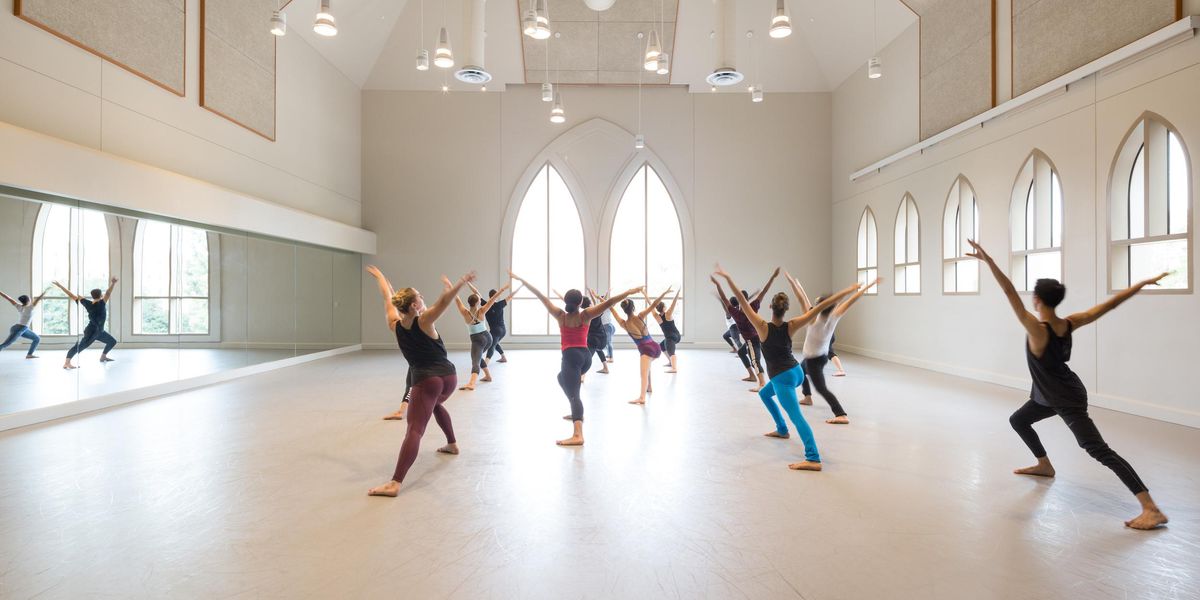Your Body: Can Crunches Fix Bunions?
How cross-training your core, hips and calves can help
Photos by Jayme Thornton, modeled by Eva Solnick of Joffrey Ballet School
Leanna Rinaldi never expected demi-pointe to be the most difficult part of her first season with Miami City Ballet. But a painful bunion on her left foot made one of the most basic steps in ballet incredibly difficult. “I couldn’t flex my toes and rolling up to pointe was hard,” she says. “I could hardly dance.”
For many dancers, bunion pain is an all-too-familiar reality. But it doesn’t have to be, according to Kathleen Davenport, MD, a dance medicine specialist and company physician for Miami City Ballet. “People think there is nothing you can do about it,” she says, “but that is just not the case.” In a report published in the July 2014 Journal of Dance Medicine and Science, Davenport and her colleagues explain that proper technique, strength and flexibility in a dancer’s core, hips and calves can impact the formation of a bunion.
Also called hallux valgus, bunions are progressive deformities of the big-toe joint. Although they typically develop in middle age due to genetics, Dr. Jeffrey Oster, a podiatrist who has worked with dancers at BalletMet Columbus, says he has seen bunions in patients as young as 12 or 13. “For the unlucky who have early onset,” he says, “there are usually biomechanical factors at play.” One of those factors may be wearing shoes that are too tight or taper too narrowly at the toe—pointe shoes, for instance.
The first stage of a bunion’s development looks like a small bump. In stage two, the bump grows bigger. In stage three, the toe joint begins to buckle because the end of the first metatarsal begins to angle outward while the toe is pulled inward by tendons and ligaments. “There is often a constant low-grade ache and signs of arthritis,” says Oster. Stage four bunions require surgery to cut the two bones of the joint and pin them together, which can result in a limited range of motion. “It is very difficult to perform ballet after surgery,” says Davenport. “You are probably not going to get that full demi-pointe where it was before.”
That’s why prevention is key. Taking a closer look at alignment throughout the body can both help prevent the formation of a bunion, and keep small bumps from growing. “I see dancers rolling in on their feet constantly,” says Davenport. “This puts so much stress on the part of the foot where a bunion can develop.” Strategic cross-training can help a dancer avoid this pronation so they don’t aggravate the joint and make a bunion worse.
Core
The core of the body is a dancer’s control center. When it’s weak, turns are sloppy, lines are disjointed—and the feet don’t stand a chance. The pelvic bones tilt forward and the hips internally rotate. This rotation continues down the legs, resulting in pronation at the feet, shifting the distribution of weight to the big toe instead of spreading it evenly across the foot.
To strengthen: Performing crunches and leg lifts on a large exercise ball engages your entire core. First, do three sets of 15 to 20 crunches with your back on the ball and feet on the floor. Keep the elbows wide. Next, in a “plank” with the ball under your stomach and hands on the floor, lift one leg and the opposite arm. Hold for 10 seconds, and repeat 10 times, alternating sides.
Hips
The range of motion in the hip joints directly affects the alignment of the feet, particularly in first and fifth positions. When rotation is limited, dancers often find 180 degrees at the feet by “sticking” them to the floor, twisting at the knees and rolling in at the ankle.
To stretch: Lie on your back, bending the hips and knees to 90 degrees and opening the legs wide. Rest your hands on your open knees, and hold for 30 seconds.
To strengthen: Tie an elastic band around the knees while lying on one side, then open and close the knees, clam-style, keeping the feet together. Do three sets of 15 to 20, then repeat on the other side.
Because the calf muscles and the Achilles tendons push dancers high into the air, and absorb shock upon landing, they need to be strong. But they also require flexibility to distribute the force through the foot, says Davenport. Otherwise, demi-plié will become limited, so the foot will roll in to compensate.
To stretch: Standing with your toes on a step, lower one heel down at a time. Wear shoes for comfort and hold on to a railing for balance. Keep the working knee straight and turn the toes in slightly, making sure that the foot does not roll in. Let the standing leg bend to allow the other heel to lower fully. Hold the stretch for 30 seconds and repeat on the other side.
What About the Foot?
In addition to cross-training, local remedies can also help relieve bunion pain.
Doming Exercises: Keeping the toes long, slowly pull a towel toward the heel by bending at the base of the toes. Widen the toes to straighten the big toe. Strengthening these intrinsic muscles can increase joint stability and improve shock absorption.
Toe Spacers: A spacer or makeup sponge between the first and second toes can improve the alignment of the big-toe joint.
Bunion Pads: These doughnut- or horseshoe-shaped pads can help decrease the surface area of the inflamed bunion that comes into contact with your shoe.
Proper Fit: See a professional pointe shoe fitter. A too-short box may not offer enough support, allowing more angling, while one that’s too tight can irritate an inflamed bunion.
Ice: The American College of Foot and Ankle Surgeons recommends ice as one of the first lines of treatment for bunion pain. —RBM




